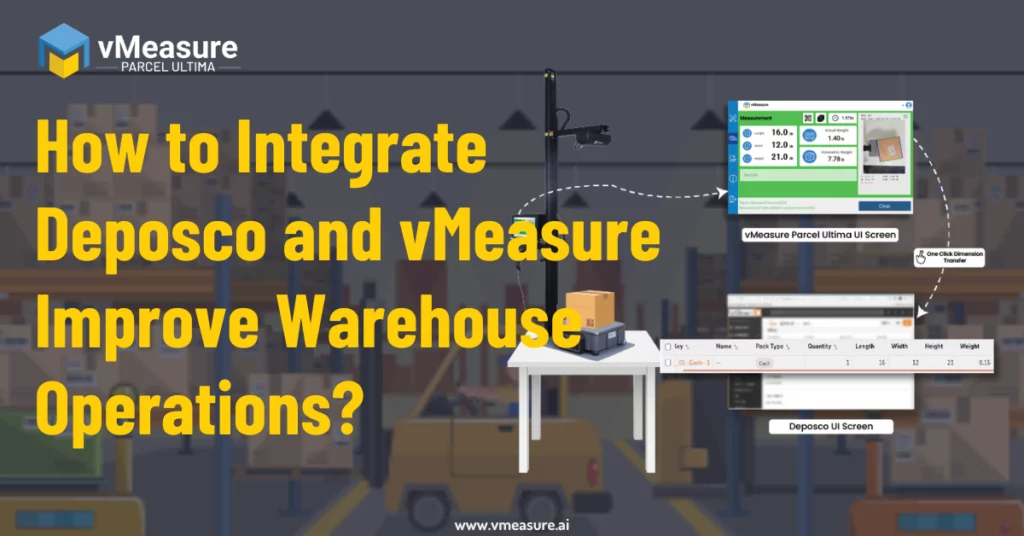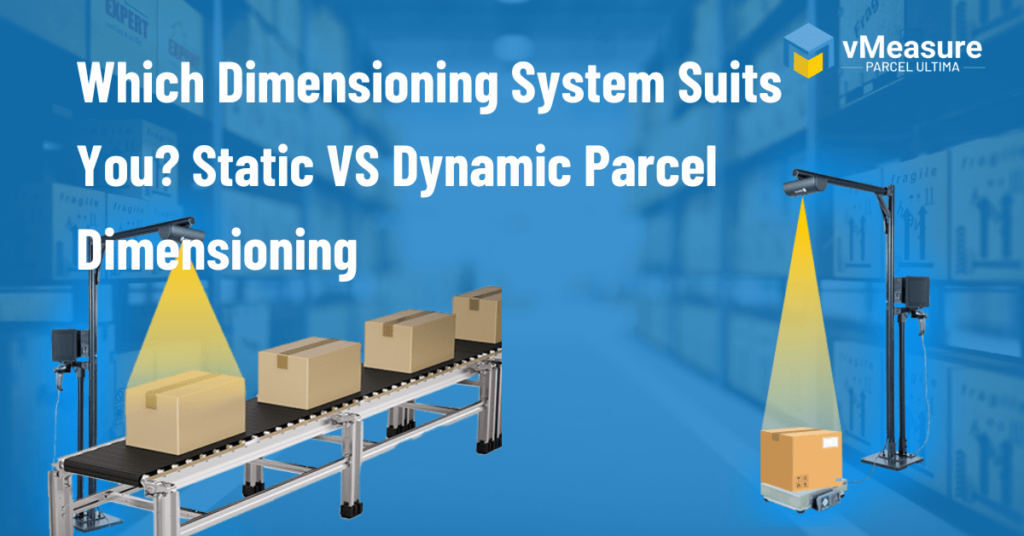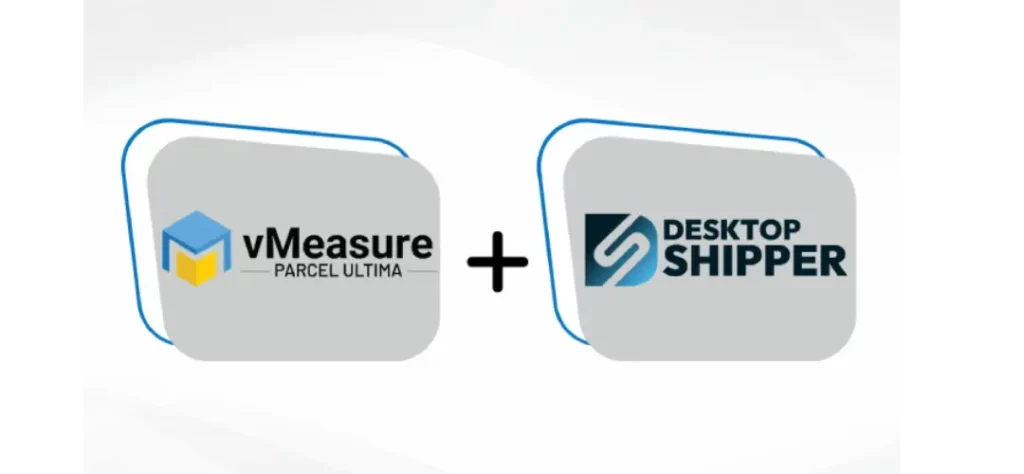Table of Contents
Introduction
Ever wonder how much “air” you’re shipping? For many logistics managers, this riddle-like question is the bane of their existence. Oversized packages in the shipping world translate to higher costs, often for the mere transport of empty space.
Enter the world of Dimensional Weight, or DIM Weight, a metric that can dramatically affect your shipping costs and thus your bottom line. But there’s a silver lining to this cloud: a revolutionary solution capable of optimizing these costs, transforming the logistics game altogether.
If we’ve piqued your interest, read on as we unravel the secret to reducing shipping costs using DIM Weight in 3PL.
Understanding the Impact of DIM Weight on Shipping Costs
Dimensional Weight (often abbreviated to DIM Weight) is a pricing technique used by shipping carriers. Unlike traditional pricing methods that only consider the actual weight of a package, DIM weight brings into account the overall package volume.
But why is understanding this concept important, and how does it directly affect your shipping costs? Let’s dig a little deeper.
Why DIM Weight?
Let’s start by picturing a scenario: you are shipping a giant box of feathers. While it’s large in size, the overall weight is considerably light. Traditional shipping methods that account only for weight would charge very little to ship this box. However, there’s a catch – this large box of feathers takes up substantial space in the shipping vehicle, space that could have been used to ship heavier, and thus, more profitable goods.
Take the analogy of a large suitcase for travel. Whether you fill it with clothes or cotton balls, it will occupy the same amount of space in the plane’s luggage compartment. The real estate within a shipping vehicle, like the luggage compartment, is a valuable resource for shipping companies.
To address this discrepancy and ensure they’re compensated adequately for the space consumed within their vehicles, shipping companies use DIM (Dimensional) weight. This system helps them price their services more accurately by considering not just the weight but also the space taken by a package.
This practice isn’t limited to air freight; it is becoming increasingly common across other shipping methods as well. DIM weight, thus, ensures that the pricing is a better reflection of the actual resources used to ship a package, thereby leading to more equitable charges that reflect the true cost of shipping.
What Impact Does DIM Weight Have on Shipping Costs?
Dimensional Weight, or DIM Weight, is a crucial factor that can greatly impact the shipping costs in the logistics industry. This pricing method, utilized by shipping carriers, considers the overall volume of a package, instead of focusing solely on its actual weight.
Let’s delve deeper into the nuances of DIM weight and how it affects shipping costs:
1. Implications for Large, Lightweight Items
Shipping large yet lightweight items brings a unique challenge: elevated shipping costs due to Dimensional (DIM) weight pricing.
To exemplify, consider an oversized box filled with inflatable beach balls. Despite the package’s light weight, it occupies considerable space in a transport vehicle. This space, a precious resource for shipping carriers, could potentially accommodate heavier items, resulting in more profit for the carriers.
A study by Shipping School unveiled that businesses dispatching large, lightweight items saw an average cost increase of 30% due to DIM weight pricing. This dramatic increase can be a significant concern for businesses like furniture retailers or toy manufacturers, whose products are typically larger but relatively light.
2. The Power of Efficient Packaging
The sting of DIM weight pricing can be lessened through efficient packaging. This practice incentivizes businesses to design packages that closely fit the item, reducing the overall volume and potentially decreasing shipping costs.
Packaging Digest’s survey found that companies which optimized their packaging witnessed a whopping 35% reduction in shipping costs.
For industries dealing with bulk goods, like home furnishings or consumer electronics, this reduction can translate to enormous savings.
3. Advocating Sustainable Practices
DIM weight pricing does more than affect the bottom line; it promotes sustainability. Efficient packaging use reduces waste and aligns with eco-friendly initiatives.
For businesses in sectors such as fashion, where consumers increasingly favor sustainability, this can enhance brand reputation and customer loyalty.
Moreover, decreased use of packaging materials, especially non-renewable ones, aligns with the global push towards reduced environmental impact.
4. Decision-Making and Strategy Planning
Knowledge of DIM weight pricing empowers businesses to strategize their packaging and shipping approaches effectively. It allows them to pinpoint potential savings areas, like investing in custom-sized boxes, reducing packaging materials, or even rethinking product design for efficient shipping. This is particularly valuable for industries with high shipping volumes like e-commerce, where such changes can significantly improve profit margins while ensuring customer satisfaction with quicker, efficient deliveries.
5. Reallocation of Resources
Understanding and applying the DIM weight concept can lead to considerable cost savings, enabling businesses to redirect resources to other operational areas. Whether it’s investing in research and development, marketing, or customer service, such reallocation can heighten overall efficiency and profitability. Industries with tight margins like grocery retail could particularly benefit, transforming savings from efficient shipping into superior products or customer experiences.
By grasping the power of efficient packaging and the concept of DIM weight, businesses can optimize shipping costs, advocate for sustainable practices, and make informed strategic decisions. This knowledge can result in resource reallocation, boosting overall efficiency and profitability — a win-win situation for both the business and the environment.
The role of DIM weight in shipping costs is undeniable and increasingly significant in the evolving logistics landscape. By staying updated on these changes and strategically adjusting business practices, companies can effectively manage their shipping costs, boost their sustainability efforts, and maintain a competitive edge.
Unveiling the Secret: DWS systems
The advent of DWS systems has significantly transformed the logistics industry, introducing a new level of accuracy and efficiency to package measurement processes.
The advent of DWS systems has significantly transformed the logistics industry, introducing a new level of accuracy and efficiency to package measurement processes.
1. Role and Advantages of DWS systems
- Efficiency: DWS systems quickly measure package dimensions, thereby improving the overall productivity of the packaging process.
- Precision: By minimizing the possibility of human error, these devices ensure the accuracy of package measurements and reliable DIM weight calculations.
- Cost Effectiveness: By facilitating accurate DIM weight calculations, DWS systems help businesses avoid unexpected shipping costs, leading to substantial savings over time.
2. The Mechanism Behind DWS systems
DWS systems leverage advanced technology, specifically laser scanning or imaging technology, to capture the package’s dimensions. Following this, sophisticated software algorithms process this captured data to determine the exact measurements of the package.
In summary, DWS systems have ushered in a new era in the logistics industry. By providing quick, accurate measurements, these devices are enabling businesses to plan their shipments more effectively and evade unexpected shipping costs. The end result is an overall enhancement in the efficiency, cost-effectiveness, and competitiveness of logistics operations.
Steps to Implement DWS systems in Your Supply Chain
Bringing DWS systems into your supply chain might appear intimidating initially, but a strategic and phased approach can make this integration process much more manageable and effective. Here are the detailed steps:
1. Evaluate Your Current Shipping Process
The first step in any transformative journey is to understand your current standing. Begin by carrying out a comprehensive audit of your existing shipping procedures. Ask yourself, how efficient are these processes? Is your business facing recurrent and burdensome issues with unexpected DIM weight charges?
The evaluation should also involve a deep-dive into the time and resources spent on measuring packages manually. How much manpower does this task consume? How many hours are invested? Are there frequent errors or inconsistencies in the measurements?
It’s crucial to quantify these factors as they will not only help you understand the necessity and urgency of integrating DWS systems but also allow you to measure the improvement in efficiency and cost-saving once the new system is in place.
2. Choose the Right DWS system
Choosing the right DWS system is paramount to the successful implementation of this technology. Start by identifying your specific needs based on your shipment volume, type of packages, available space, and budget.
Research various models available in the market. Pay attention to factors such as the speed of measurement, accuracy, and ease of use. Look for models that can easily be integrated with your existing systems to allow for seamless data flow and improved efficiency.
Consider getting a demo of the top models you shortlist. This will provide you with a first-hand experience of how the device operates, its user interface, and speed. Reviews and feedback from other businesses in your industry can also be a valuable source of information in your decision-making process.
Note: Choosing the right dimensioner is key. For detailed insights, click to read our guide on the “7 Things to Validate Before Choosing a Dimensioner for your business”. Read Now.
3. Train Your Team
The most technologically advanced dimensioner will only be as effective as the people who operate it. Once you’ve chosen your device, it’s essential to invest in comprehensive training for your team. This will enable them to understand the functionality and features of the device fully.
The training should cover all aspects of operating the dimensioner, including taking measurements, troubleshooting basic issues, interpreting the data, and understanding how this data fits into the larger logistics processes. Depending on the complexity of the device, you may need multiple training sessions or refresher courses.
Remember, the objective is to make your team comfortable with the new device. Their proficiency in operating the DWS system will directly impact the effectiveness of your shipping process.
4. Maintain and Update Your Dimensioner
Like all tech-based tools, DWS systems require regular maintenance and software updates to continue functioning optimally. This ensures the device’s longevity, keeps its accuracy intact, and could also provide new features or improved functionality with updates.
Create a routine maintenance schedule to check the device’s physical condition, cleanliness, and any signs of wear and tear. Contact the manufacturer or your service provider for periodic professional maintenance visits.
Also, keep track of software updates from the manufacturer. These updates often fix known issues, enhance the device’s performance, and sometimes add new features. Missing out on these updates could lead you to operate on outdated software, leading to inaccuracies or other operational issues.
Through the detailed explanation of these steps, you can clearly see that implementing DWS systems in your supply chain, while involving several phases, can be a smooth and beneficial process when done systematically and strategically. The investment in terms of time, resources, and efforts can be massive in the beginning, but the return on investment in terms of efficiency, cost-saving, and enhanced productivity makes it worthwhile.
Note: Ready to streamline your logistics? Explore our vMeasure range of dimensioners today and revolutionize your warehouse and shipping processes.
The Future of Shipping: Smarter, Faster, Cost-Effective
As technology continues to evolve at an unprecedented pace, the future of shipping and logistics is bound to change dramatically. DWS systems are only the beginning of this transformation. The shipping industry of the future will see greater automation, increased transparency, and smarter solutions for traditional challenges.
As the industry moves forward, the businesses that adapt to these changes and embrace the new technologies will undoubtedly have an edge over their competitors.
Ready to revolutionize your shipping process? Schedule a live call with our team to discover how our innovative solutions can drive your business forward.
Conclusion
Confronting DIM weight issues doesn’t have to be a constant struggle. By understanding and investing in technology like DWS systems, you can turn this challenge into an opportunity for cost-saving and increased efficiency. The future of logistics is here. It’s time to step into this new era and start shipping smarter, not harder.




